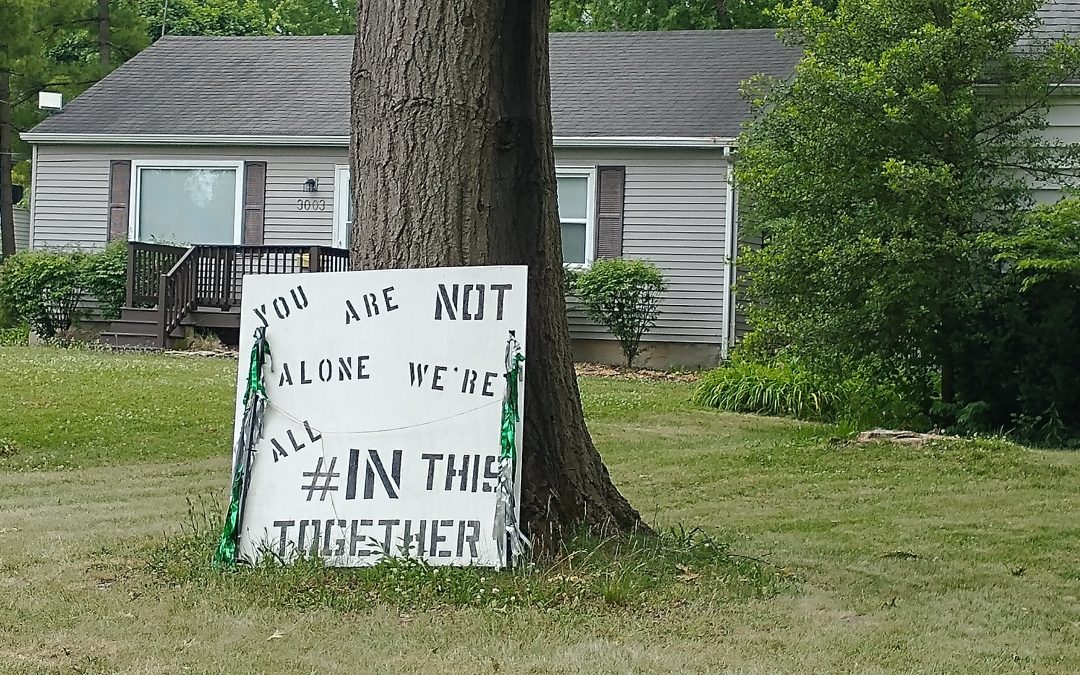
Customer Trust Builds Customer Loyalty
In last week’s article and podcast episode which featured material from my SoundADvice newsletter, I mentioned that when all things are equal, the decision we use to determine who we purchase from is based on… perception! And that perception is, who’s better, who’s more “trustworthy”, and who’s more reliable!
The internet has changed the way your customers buy. Before most purchases, they go online to learn more about you and your competitors. Successful marketers today know the route to higher closing ratios and sales is built upon stronger customer relationships. And those relationships are built upon trust.
“Trust” is defined as, confidence in a person or thing because of the qualities one perceives in them. Your advertising, your website, and your front-line people can create the qualities your prospects perceive in you and cause them to choose you over your competitors when they go online.
If your customer count and page views are not reflected in your sales, you need to examine four key areas:
- Does your advertising pre-sell customers and build realistic expectations?
- Do the expectations match the actual shopping experience?
- Does your website answer the questions your customers are asking?
- Are your front-line salespeople competent and confident?
The powerful four-way marketing of credible advertising to pre-sell your prospects, matching expectations with actual experience, combined with helpful websites/Facebook pages and knowledgeable salespeople to improve your closing ratios will increase your sales.
In the Twelve Trust Techniques, Technique Number 3 is Be Real – Turn Weaknesses into Strengths. Every business has a “perceived weakness”. Don’t be afraid to share the weakness and turn it into a strength. People will trust you more when you share an inadequacy.
Click here to review our Twelve Trust Techniques to create a pre-need trust and preference for your website and your salespeople.




